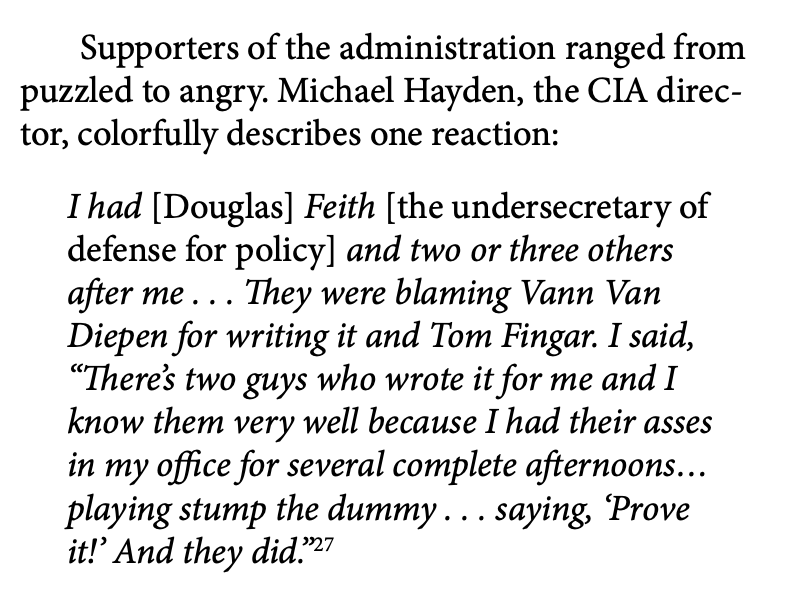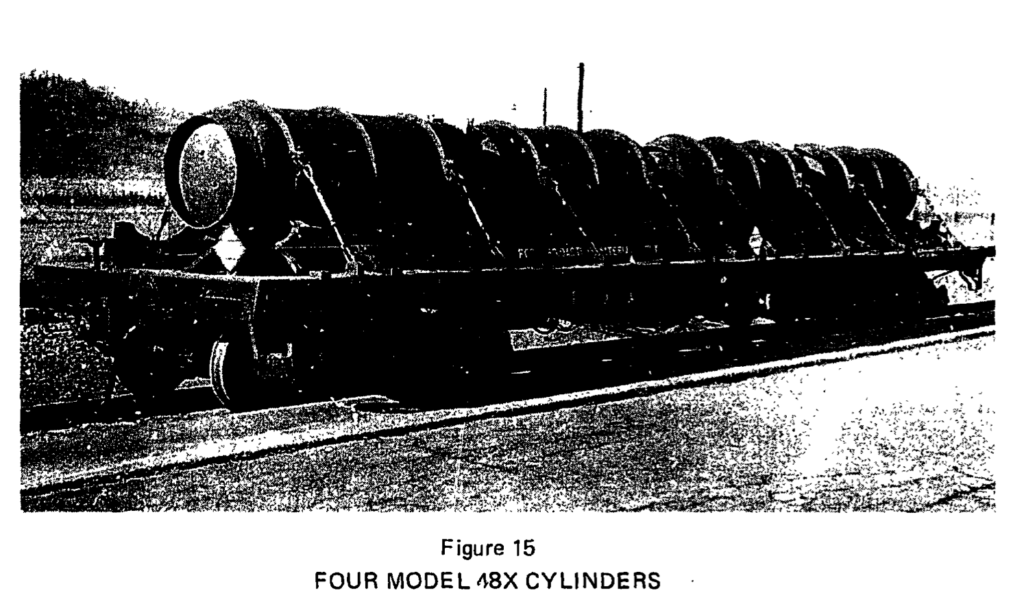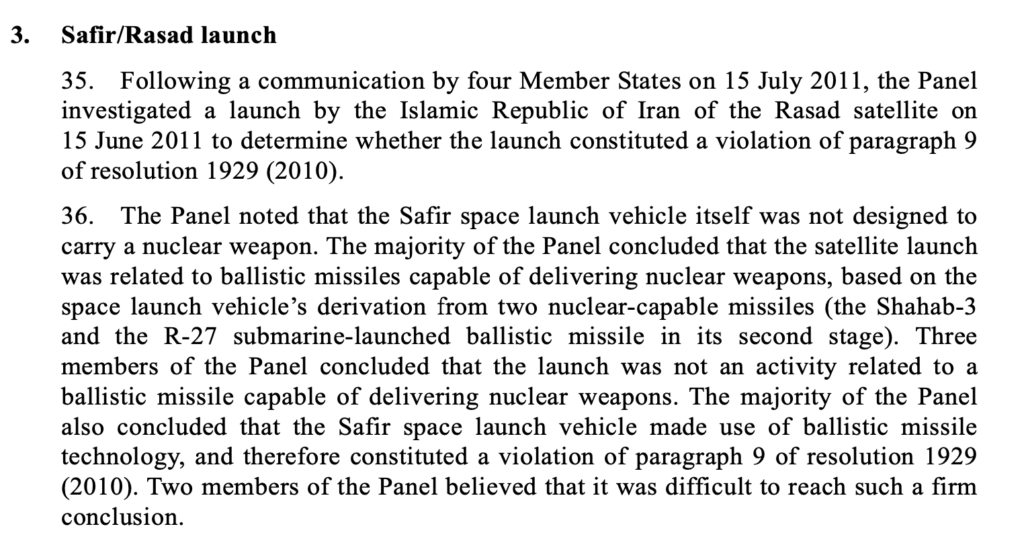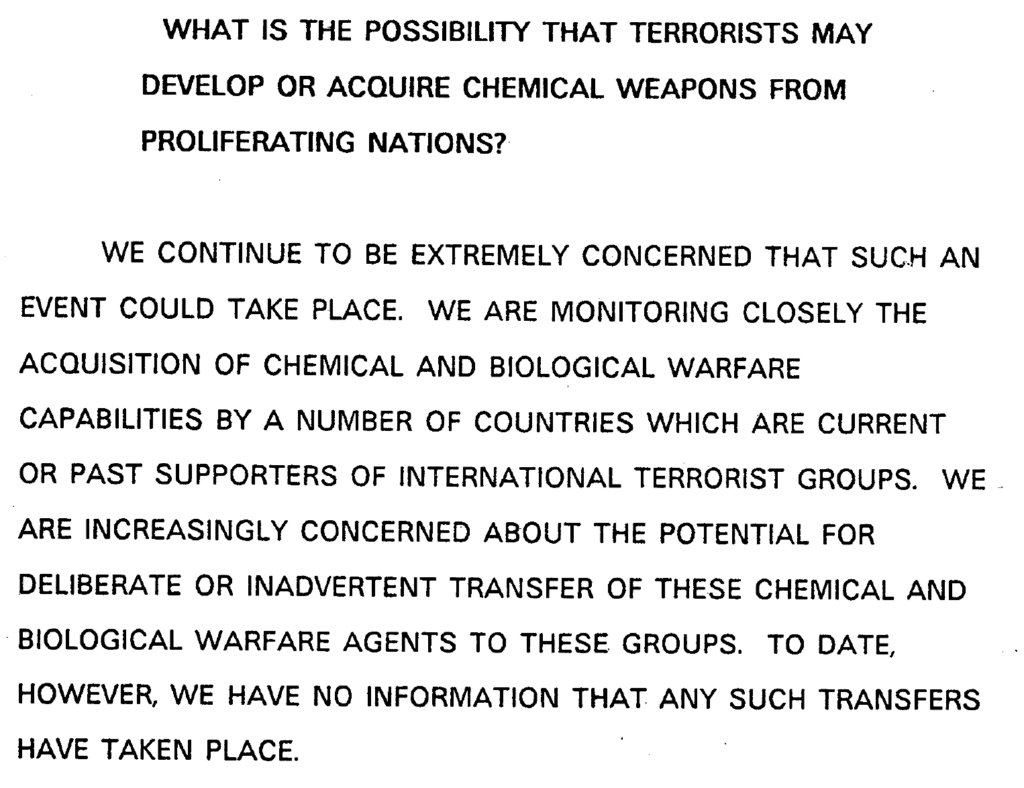From a 2008 speech:
And the Iraq WMD estimate falls in that category. It was requested. We were given a two-week period in which to produce it. And it was bad. It was really bad.
<snip>
[T]he Iraq WMD estimate. I think of this as having your year-book photo taken on the worst bad hair day ever. The community was never as bad as that estimate. The percentage of analysts who participated in the production of that hurry-up, get- it-out-the-door-in-two-weeks product was tiny compared to the larger set, all of whom were tarred with the same brush of incompetence.
<snip>
DR. FINGAR: I’ll try to simplify this because it’s a different answer for each of the parts. The worst was the nuclear, but the nuclear was the one that was pointed to, quotations about can’t have the smoking gun be a mushroom cloud kind of thing. There was what I regard as a rather blatant disregard for expertise on this one.
There were some judgments made about aluminum tubes and what they could be used for and the Department of Energy specialists who build centrifuges said wouldn’t work. We at INR went to the company that makes the type of centrifuge that was being – said wouldn’t work. We went to the Brits who build these things – said it wouldn’t work.
There was evidence on certain types of magnets – magnets that were ordered, ring magnets that could be used in this. But they have many, many applications. If you didn’t assume they were for centrifuges, you could have judged them to be used in many other – in fact, we know now they were ordered for a part of the missile program.
The keeping of nuclear scientists together – an assertion that was made in there, and it was extrapolated from a very small number of people – keeping the nuclear. But again, because of the U.N. investigations, the IAEA investigations, work the DOE did, we had the names of hundreds of people who had been involved in the program up until 1990. And we knew where most of them worked. And most of them actually had important day jobs in military industries. So there was an easier explanation.
So there were a lot of things that in the end were sloppy analysis, truly sloppy analysis. And this will sound harsh, but the terrible NIE that is blamed for having such a deleterious impact in fact was read by almost nobody. It’s really quite striking – because of its classification, it had to be signed out. We know that hundreds of people claim that they were misled by something they hadn’t read. I haven’t figured out the explanation for that yet. But so, there’s a gap between effect and quality.
Finally, one generalized problem is there was a bias that was more like a lawyer than an analyst. And we’ve translated it in the training programs. With a lawyer, it’s got a bottom line; go get it; find the precedence; build the argument that makes the case. Saddam was evil. He’d had chemical weapons. He’d had biological programs. He’d had a nuclear program. He had a missile program. He had it once. He must have it. If we’re not finding it, it’s because he’s good at hiding it. So evidence was systematically interpreted to make the case, not looked at to say what are the alternative ways in which you could account for this observed phenomenon. That’s the biggest flaw in it.
Now, the chemical weapons was a bad source. The biological one was grab-bag that he’d had this; he’d had that, so he might still have it all, even though – the missile one turned out to be mostly right on this. So it was an uneven performance. But fundamentally, it was failure to consider alternative hypothese




